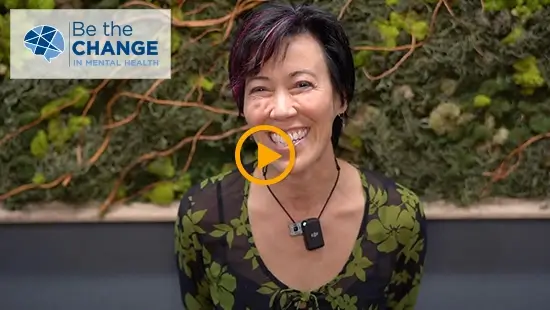
Cutting edge Ketamine-assisted Therapy in Santa Rosa
We extend our heartfelt gratitude to Spencer Asher, a dedicated news reporter at the Sonoma County Gazette, for his outstanding work in crafting a compelling and accurate article about Ketamine-assisted Therapy and our non-profit organization, Be the Change in Mental Health. Mr. Asher’s commitment to ethical journalism and his insightful writing have shed light on the crucial work we do in the realm of mental health. We deeply appreciate his dedication to delivering impactful and accurate stories that contribute to the betterment of our community’s mental well-being. Thank you Spencer!
Article by Spencer Asher
 Sonoma County Gazette – January 2024
Sonoma County Gazette – January 2024
Mental health issues don’t always get resolved with traditional forms of therapy. That’s where ketamine assisted therapy comes into play. Be the Change in Mental Health ketamine assisted therapy is based in Santa Rosa
and is run by board certified family physician Marisha Chilcott.
Ketamine was originally discovered to have side effects of improving symptoms of anxiety and depression by individuals who took it for anesthesia. It was then studied for the last 15 years as a therapeutic agent, according to Chilcott.
To receive ketamine assisted therapy, a patient needs preparation and evaluation by a licensed psychologist or therapist to make sure it is an appropriate approach for them, according to Chilcott. After the preparation, medical personnel make sure the ketamine won’t be dangerous for the person because it can raise blood pressure. Then a prescription is written
to give the patient ketamine. Then the patient receives the ketamine in-clinic, in the presence of the therapist. The therapist guides and keeps the patient emotionally safe during the experience.
Then the patient has a therapy session with the same therapist 24-72 hours after the experience. This session helps the patient determine how they are going to see the world differently and live their lives differently going forward, explained Chilcott.
Chilcott explained, “It allows people to also, in the moment with the medication, see things from a totally different perspective and everyone’s experience is different. Some people tell me about how it was really, really colorful and they had these visions and memories, and everything was really beautiful…I had one patient tell me that I went into it, and I just said, “show me what love is,” and that’s what they got to experience…
People say…Wow! I did six sessions and got more done than I’ve done in 10 years of continuous, regular therapy. It’s really remarkable,” stated Chilcott.
Ketamine attaches to the NMDA receptors in the brain, according to Chilcott. This increases the expression of BDNF. When someone is depressed, they don’t have very much BDNF. BDNF increases the growth of dendrites which are the little tips at the ends of neurons. This is believed to be why it increases the neuroplasticity of the brain. This helps people see other perspectives and see different ways of doing or being, explained Chilcott.
“The same stigmas that are associated with all mental illness, exist with the idea of receiving this kind of treatment,” said Chilcott. “Right now, in our society, we still really separate the idea of physical health from mental health, therefore if you’re seeking mental health treatment, that is weird compared to if you’re seeking a trainer to help get more physically fit or
a nutritionist to help you get your diet on track. So there is still that basic stigma in society still. What we are doing about it, is talking about it as much as possible to as many people as possible,” stated Chilcott.










